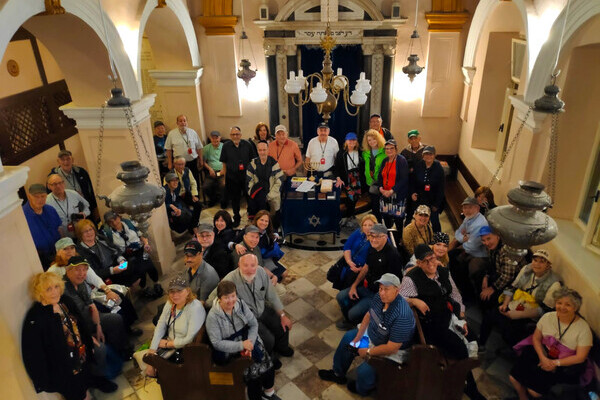Shabbat Candle Lighting Times for Split
Split boasts itself with a rich and long-lasting Jewish presence. Archaeological findings from Salona, today displayed in the Archaeological Museum in Split, witnesses the presence of Jews in this area since the Roman Empire. A more adventurous tourist might try to find dozen menorahs carved in stones near the marble table in the eastern part of the Diocletian Palace’s subterranean vaults.

These are thought to have belonged to the first synagogue in Split, which was destroyed in the great fire of 1507. Interestingly, the inhabited part wedged inside the Palace is today called Get, or the ghetto, which is reminiscent of parts of town where isolated Jewish communities lived. The ghetto was enclosed within two gates around year 1777., and remained that way until the arrival of Napoleon’s army some thirty years later. Making itself indispensable for the burgeoning growth of the city in the late 19th and well into the 20th century, the Jews of Split were held in high regard. The synagogue, which is the second oldest Sephardic Synagogue in continuous use (the first one is in Dubrovnik), dates as far back as 16th century.
The Jewish community of Split is today quite tiny (around 100 members), mostly nonobservant, but traditional. Adjacent to the synagogue is the Jewish Community Center where they organize festival celebrations and cultural events and are opened for visitors even off season. The kosher food is not yet available in Split.
Universally acknowledged as one of the most irresistible medditeranean cities, Split is set to enchant you with all its charm in a matter of minutes. It is the second largest Croatian city with more than 250 000 residents living within its urban area. The ancient layers of its imperial Roman past are providing a canvas for the upbeat, tourist mecca filled with stylish cafes, restaurants, cultural events and popping nightlife, all anchored around a seaport promenade, the true lifeline of the city.
Home to the famous Diocletian’s Palace, built for the Roman emperor in 305 CE (since 1979 it is listed by UNESCO as a World Heritage Site), the city was founded as the Greek colony of Aspálathos in the 3rd or 2nd century BCE. It became a prominent settlement around 650 CE when it succeeded the ancient capital of the Roman province of Dalmatia, Salona. Since then it changed many rulers. Byzantines, Venetians, Hungarians, Ottomans, Napoleon, Habsburgs and Italians all fought fiercely over it due to its geopolitical and cultural significance, leaving their imprint on the city.
With countless monuments, architectural wonders, artifacts, 5 museums and dozens of galleries Split is best described as a living, open-air museum. It is also one of the busiest ports in the Adriatic, contributing to its exciting atmosphere counterbalanced with a local, easy-going, “leggiero” lifestyle.
Jewish Split Info
Jewish community of Split
Židovski prolaz 1, 21 000 Split, Croatia
Tel / Fax: ++385 21 345 672
Web: www.zost.hr
Facebook: Jewish comunity of Split
